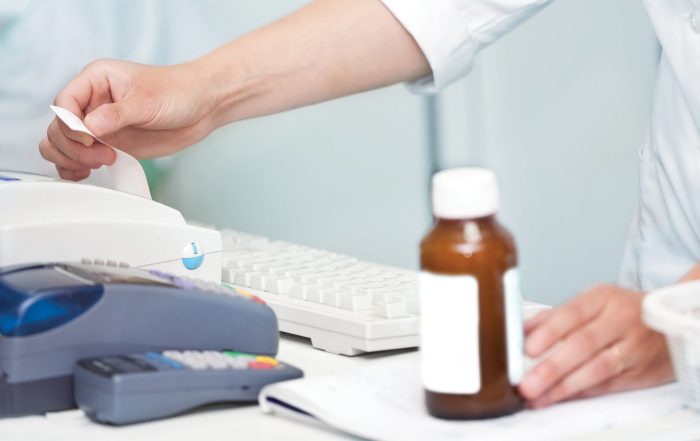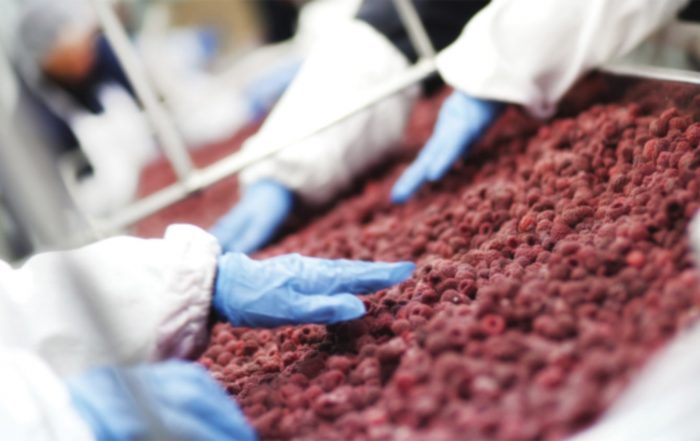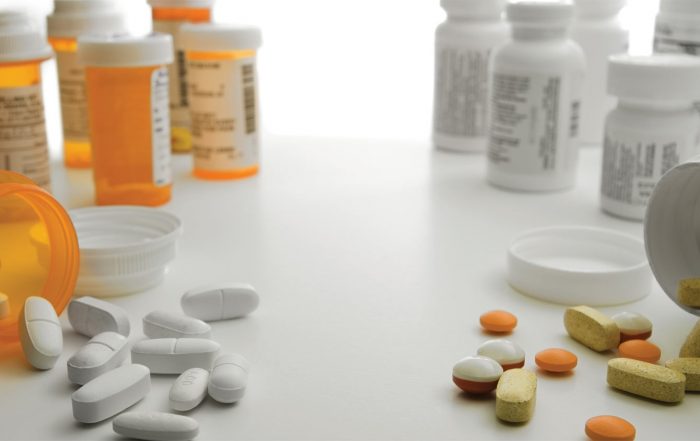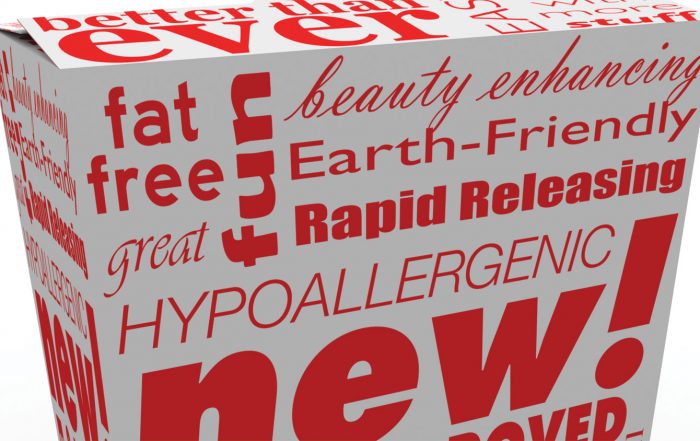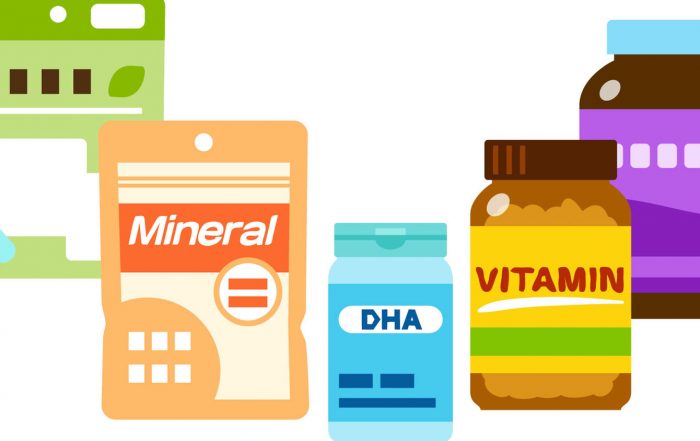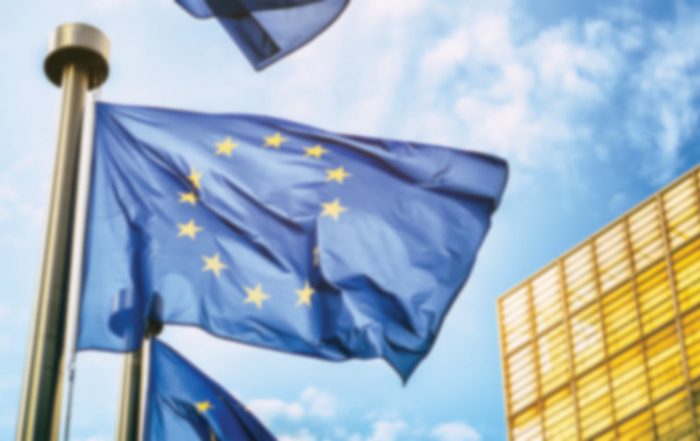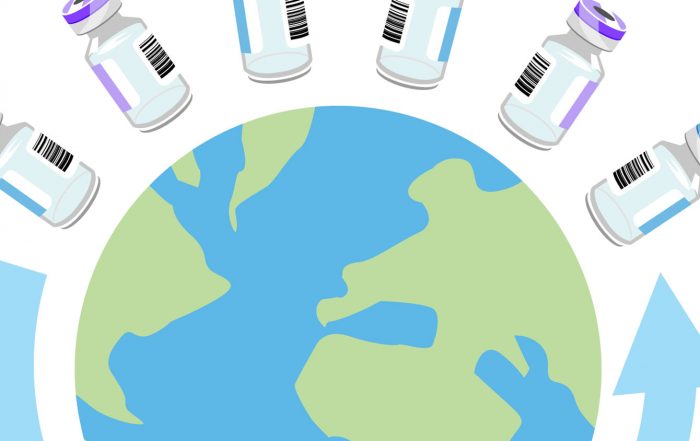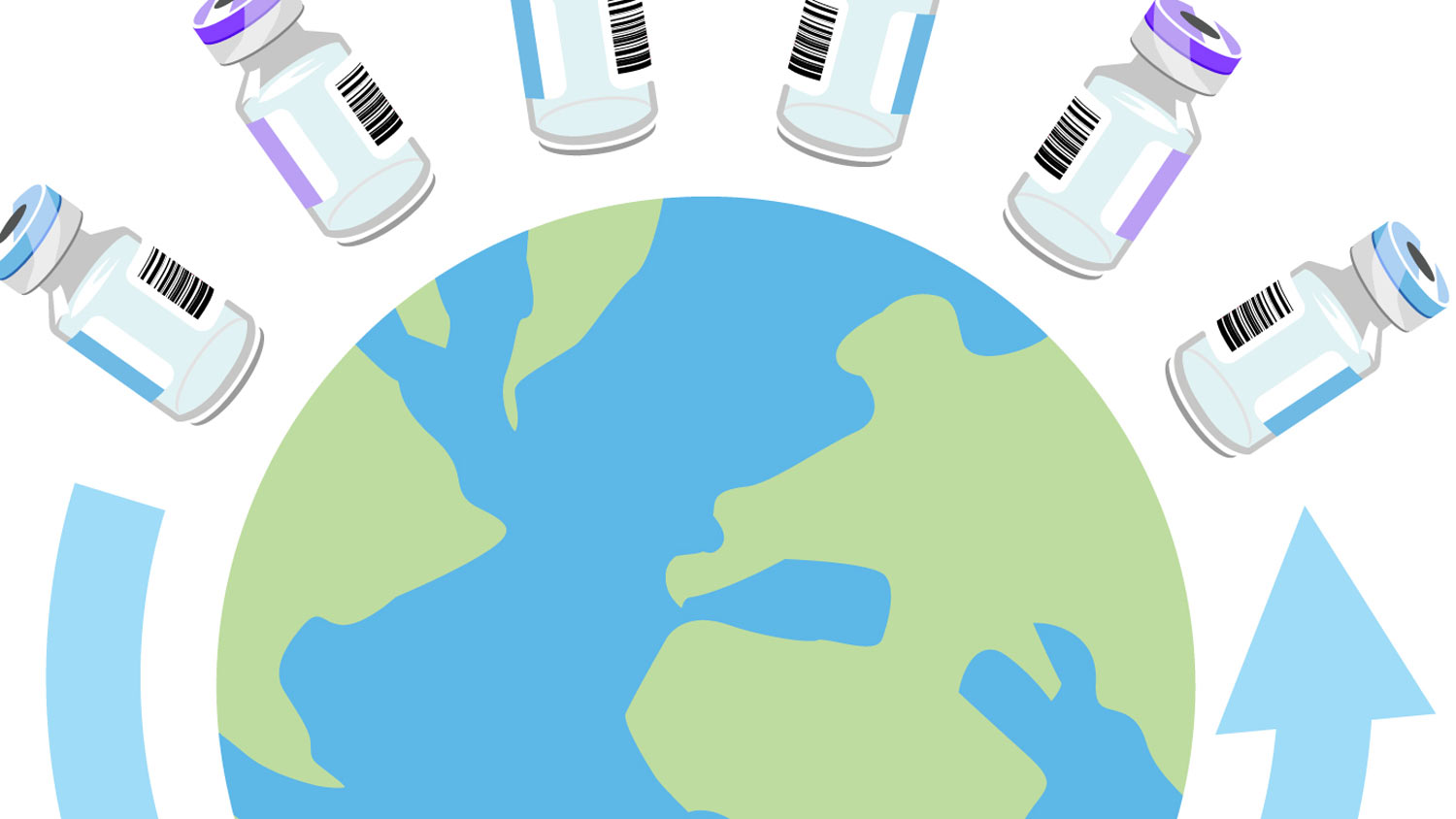
The Approval and Substitutability of Biosimilars: Potential Impact on Use and Competition
by Larissa C. Bergin
Regulatory approval guidelines for biosimilars have been introduced around the world but are either still in development in many countries or are fairly new and untested. The guidelines are not necessarily clear, and the approval process is not unified across jurisdictions. In fact, at baseline, many jurisdictions define biosimilars differently. Ultimately, these guidelines impact the substitutability and competition generated between biosimilars and their biologic counterparts, which create lasting effects on pharmaceutical companies, insurers, and patients alike. Below, this article discusses these differences across select jurisdictions.
Biosimilars Are Not Generics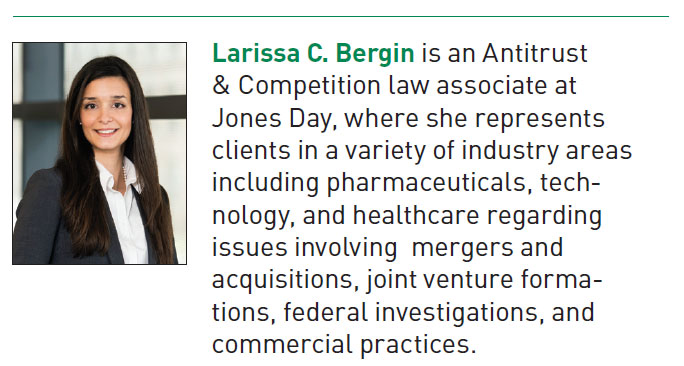
Biologics are molecules that are derived from human, animal, or organic substances. A biologic’s chemical structure is complex and delicate, and may not be easily replicated consistently without strict adherence to manufacturing protocols and practices. Conventional drugs, typically small molecules, are chemically, not organically, synthesized. Therefore, the structure of the small molecule drug is more easily identifiable, making replication more feasible. The need for clinical trials for generic drugs is reduced because of reliance on the results of past studies and confidence in the replication of the branded drug’s chemical structure. Although both biosimilars and generics are derivative of their respective reference products, there are considerable differences between them that foreclose the possibility of having a similar approval processes.
Due to the complexity of biologics, biosimilars are “similar,” not identical, versions of the reference biologic. To truly be similar, a biosimilar must be modeled after the chemical structure and the functionality of the biologic. Even if the originating organic substance of the biologic is identified, the applicant needs to identify the proper methodology, manufacturing, handling, and storage to develop the chemical structure and functionality that is similar to the biologic. Owing to these latent differences, health care providers and patients must rely on regulators to determine whether a biosimilar is as safe and efficacious as its biologic counterpart.
Reliance on Varying Regulatory Approval Schemes
As the patents protecting reference biologic products expire, pharmaceutical and biotechnology companies are looking to compete in these segments. Some regulators, in anticipation of new entry, have begun to develop guidelines for the approval of these new products. Yet, while regulators want to encourage the development, entry, and efficacious use of these products, their approach to the approval process can vary tremendously and can call into question whether a biosimilar in one country would qualify as a biosimilar in another.
At baseline, many countries do not even have biosimilar regulations or only have draft guidance available. Others, like New Zealand, do not have specific guidelines for biosimilars and point to the United States’ (U.S.) and European Medicines Agency’s (EMA) guidelines as references.1
The guidelines that are available are not uniform across jurisdictions. In addition to defining biosimilars differently, the scientific rigor used to assess biosimilarity varies. Thus, some jurisdictions have decided not to address the issue of substitutability between biologics and biosimilars. However, whether a biosimilar can be used interchangeably for all of the approved indications as its reference biologic is paramount to fostering competition and potentially reducing costs for patients. Specifically, determining interchangeability with a biologic is the first step in assessing its substitutability with the reference biologic when prescribed by a physician. Drug substitution is dictated by jurisdictional regulations that are based on scientific confidence that the patient will benefit equally when prescribed the non-reference biologic. Therefore, determining whether a biosimilar is interchangeable with a biologic is critical to the use of biosimilars and the competition biosimilars will create.
Although the World Health Organization (WHO) developed recommended guidelines on the evaluation of “similar biotherapeutic products” in 2009, it left many key issues, including substitutability and interchangeability, up to the individual regulatory bodies, as is typical for the WHO.2 Accordingly, the jurisdictions must make these determinations on their own. Below is a small sampling on how some jurisdictions have addressed these issues.
European Union (EU)
The EMA was the first regulatory authority to issue a legal framework for approving biosimilars in 2004 and implemented revised guidelines in April 2015.3 Notably, biosimilars can be approved only at the EU level and not at the member level. However, approval does not determine substitutability. Rather, the regulatory authorities of the various EU members must make these determinations. Thus, interchangeability and substitution varies across the EU.
Pursuant to the guidelines, a “similar biological medicinal product” is defined as “a biological medicinal product that contains a version of the active substance of an already authorized original biological medicinal product (reference medicinal product) in the [European Economic Area] and it should establish the similarity to the reference medicinal product in terms of quality characteristics, biological activity, safety and efficacy based on a comprehensive comparability.” However, the guidelines give discretion to the Committee for Medicinal Products for Human Use to develop a product class-specific, stepwise approach that determines the extent of nonclinical and clinical testing required to establish the safety and efficacy of a biosimilar. Under this risk-based approach, the extent of testing required varies depending on the product complexity. The reference product used does not need to be an EU-approved product, so long as the product is authorized in another jurisdiction that has standards analogous to the EMA’s standards.
In light of the autonomy given to member states to determine the substitutability of biosimilars, regulations vary across EU members. At least 15 member states do not allow automatic substitution at the pharmacy level including the UK, Germany, Ireland, Spain, Sweden, Norway, and Finland. Some of these jurisdictions, such as Finland, are recommending interchangeability if approved by, and under the supervision of, a physician.4 In other jurisdictions, like Germany, interchangeability is allowed when the production of the reference biologic and the biosimilar are produced by the same manufacturer using the same process.5 France is the first country within the EU to explicitly authorize substitution but only if 1) it is at the start of treatment and 2) the biosimilar belongs to the “similar biologic group” as the prescribed product as dictated by French regulators.6
Many other jurisdictions, including Australia, New Zealand, Canada, Japan, South Korea, Singapore, and South Africa have followed the EMA’s lead and have adopted a large proportion of the EU’s biosimilar guidelines. This reflects the collective unwillingness of these regulators to dictate automatic substitution (e.g. South Korea and South Africa). Moreover, countries like Canada permit their provinces to determine interchangeability similar to how the EMA allows EU members states to establish their own substitution rules.7
United States
The Food and Drug Administration (FDA) currently has two approval pathways for biological products. Biological products, referred to as follow-on biologics, historically were approved under the Federal Food Drug and Cosmetic Act when the reference product was a “drug.” Since passage of the Biologics Price Competition and Innovation Act (BPCI Act) in 2009, several have been approved as “biosimilars” under the Public Health Service Act (PHS Act) when the reference product was a “biologic.” All biosimilars will be reviewed under the PHS Act by 2020.
The BPCI Act amended the PHS to create an abbreviated licensure pathway for biological products.8 Under the PHS Act, a biological product can be determined to be a “biosimilar” or an “interchangeable” with an FDA licensed biological product. FDA has issued various guidance documents drafted in 2012 and finalized in 2015. Biosimilars are defined as a “biological product highly similar to the reference product notwithstanding minor differences in clinically inactive components,” with “no clinically meaningful differences between the biological product and the reference product in terms of the safety, purity, and potency of the product.”9 The reference product, similar to EU guidelines, does not need to be approved in the U.S. to be an acceptable comparator when a sponsor seeks “to use data derived from animal or clinical studies…to address, in part, the requirements under section 351(k)(2)(A) of the PHS Act.”10
Also similar to the EU, applicants are to follow a risk-based, stepwise approach when conducting testing. Accordingly, after evaluating results of analytical testing that characterizes both the reference product and a proposed biosimilar, FDA will then determine on a case-by-case basis the extent to which animal and clinical data are required.
Unlike other jurisdictions, FDA can designate a biosimilar as interchangeable with its reference product. To demonstrate interchangeability, the applicant must show that the biosimilar produces the same clinical results as the reference biologic in any given patient, and that if the patient were to switch between the reference biologic and the biosimilar, the patient is at no greater risk than if he or she were on the reference biologic.
To date, no biosimilar has been deemed interchangeable; however, various U.S. states have enacted legislation outlining the appropriate substitution guidelines that dictate the availability and use of such products as they enter the market. To date, at least 16 states require a finding of interchangeability before automatic substitution can occur, and a physician can prevent substitution on the prescription.11
India
The Ministry of Health and Family Welfare, the regulatory body that oversees biosimilars and includes the Central Drug Standard Control Organization and Drug Controller
General India (DCGI), released biosimilar guidance in September 2012.12 Under this guidance, biosimilars are referred to in India as similar biologics, i.e., “a biological product produced by genetic engineering techniques and claimed to be similar in terms of safety, efficacy and quality to the reference biologic, which has been granted a marketing authorization in India by DCGI on the basis of a complete dossier and with a history of safe use in India.” The reference biologic should have approval in India, however, the guidelines permit the use of reference products approved in other countries if the reference product has been licensed and marketed for at least four years in another jurisdiction. Unlike in the EU, there is no requirement that the other jurisdiction have a similar approval pathway as in India.
Biosimilars need to demonstrate comparability with respect to pharmacodynamic, pharmacokinetic, and toxicological studies, in addition to the assessment of the immune responses in animals. The guidelines do not discuss substitutability and interchangeability; however, in light of certain biologics’ characteristics, separate guidelines issued within India prohibit substitution. For example, hypoglycemia and the development of antibodies can occur when a patient is switched between various brands of insulin, thus guidelines were developed to prohibit interchangeability.13
China
The Chinese Food and Drug Administration (CFDA) recently released its biosimilar guidelines in February 2015 based on the draft guidance issued in October 2014 by China’s Center for Drug Evaluation.14 Under these guidelines, a biosimilar is defined as “a similar biotherapeutic product (SBP) that is similar in quality, safety and efficacy and should have the same amino acid sequence as the originator.” Unlike in the EU, U.S., or India, a CFDA-approved reference product must be used to make a biosimilar determination; drugs approved in other jurisdictions are not acceptable comparisons.
Under the guidelines, a biosimilar is considered to be a new drug, making the approval process anywhere from four to six years. There is the potential to simplify the safety and efficacy studies if there are limited differences in previously conducted comparative studies. Nevertheless, the guidelines do not discuss substitutability or interchangeability, leaving it open to health care providers to decide whether or not to use the biologic or the biosimilar.
How Substitutability Impacts Entry and Competition
There are competing considerations when ascertaining whether to recognize a biosimilar as interchangeable with its reference biologic. On the one hand, biosimilars, akin to their generic drug counterparts, create competition and reduce cost to patients. However, due to the complex nature of biologics, abbreviated regulatory process of substitutable biosimilars may result in health risks without the appropriate testing in place.
Pharmaceutical companies will be incentivized to conduct research and development and seek regulatory approval only if they have some degree of certainty that their product will be profitable and marketable. As discussed above, the approval process in certain jurisdictions is a moving target, varying depending on the nature and complexity of the biologic. This means that the amount of research and development and the testing required for approval may be significant. Furthermore, some jurisdictions do not provide for any period of exclusivity for first-filers for the follow-on products. Unlike in the U.S., where first biosimilars determined to be interchangeable with the reference product for any condition of use are granted a year of exclusivity, Indian, Chinese, and EU laws do not provide any similar period of exclusivity.
Even if a biosimilar is approved, health care providers must be comfortable prescribing these products. Some may not have as much confidence in the biosimilar, despite approval, if the regulatory authority does not assign interchangeability or if the reference product was not approved in the same jurisdiction. Moreover, even if the regulatory authority assigns interchangeability to a biosimilar, substitution may not be automatic, requiring the prescribing physician to specifically denote the use of a biosimilar on the prescription. Thus, the marketability of biosimilars is constrained by these factors even when they have demonstrated safety and efficacy. For example, the prices of NEUPOGEN® (filgrastim), GRANIX® (tbo-filgrastim) , and ZARXIO® have been reduced only by 15% to 20% since ZARXIO, the biosimilar, entered the market in September 2015.15
Accordingly, competition between biosimilars and biologics may be forestalled. The approval process can be long and uncertain, which creates a disincentive for pharmaceutical companies to enter this space. Even upon entry, biosimilars face numerous regulatory hurdles that may limit their use and substitutability. Indeed, in many jurisdictions, the regulatory framework leaves the choice about therapeutic substitution of a biosimilar for a reference biologic to physicians, who are typically divorced from the steps undergone throughout the approval process.
As a result, biosimilar understanding and adoption may be the driving factor for increased use in the absence of a fertile regulatory regime that encourages the substitutability of
biosimilars.
- New Zealand Medicines and Medical Devices Safety Authority, Biosimilars, http://www.medsafe.govt.nz/profs/RIss/Biosimilars.asp.
- World Health Organization Expert Committee on Biological Standardization, Guidelines on evaluation of similar biotherapeutic products (SBPs), Oct. 2009, http://www.who.int/biologicals/areas/biological_therapeutics/BIOTHERAPEUTICS_FOR_WEB_22APRIL2010.pdf.
- European Medicines Agency, Facilitating Global Development of Biosimilars, Oct. 29, 2014, http://www.ema.europa.eu/ema/index.jsp?curl=pages/news_and_events/news/2014/10/news_detail_002201.jsp&mid=WC0b01ac058004d5c1
- Fimea, Interchangeability of Biosimilars – Position of Finnish Medicines Agency Fimea, May 22, 2015, https://www.fimea.fi/documents/542809/838272/29197_Biosimilaarien_vaihtokelpoisuus_EN.pdf
- J. Boren, C. Congiatu, P. Hurley, Challenges in Global Biosimilar Development, A Regulatory Perspective, Contract Pharma, June 2015, http://www.contractpharma.com/issues/2015-06-01/view_features/challenges-in-global-biosimilar-development-a-regulatory-perspective/
- Id.
- Mendoza C., Ionescu D., Radière G., Rémuzat C., Young KE., Toumi M., Biosimilar Substitution Policies: An Overview, ISPOR 18th Annual European Congress, Milan, Italy, Nov. 7-11, 2015, http://www.ispor.org/research_pdfs/51/pdffiles/PHP62.pdf
- 42 U.S.C. §262(k).
- U.S. Dept. of Health and Human Serv’s, Food and Drug Admin., Center for Drug Evaluation and Research, Center for Biologics Evaluation and Research, Scientific Considerations in Demonstrating Biosimilarity to a Reference Product: Guidance for Industry, Apr. 2015, http://www.fda.gov/downloads/DrugsGuidanceComplianceRegulatoryInformation/Guidances/UCM291128.pdf.
- Id.
- National Conference of State Legislatures, State Laws and Legislation Related to Biologic Medications and Substitution of Biosimilars, Sept. 2016, http://www.ncsl.org/research/health/state-laws-and-legislation-related-to-biologic-medications-and-substitution-of-biosimilars.aspx
- Drug Controller General India, Guidelines on Similar Biologics: Regulatory Requirements for Marketing Authorization in India, http://dbtbiosafety.nic.in/Files%5CCDSCO-DBTSimilarBiologicsfinal.pdf
- Kalra S, Balhara YP, Baruah MP, et al., Forum for injection techniques, India: the first Indian recommendations for best practice in insulin injection technique, Indian J Endocrinol Metab. 2012;16(6):876-85.
- China Food and Drug Administration, Feb. 28, 2015, http://www.sfda.gov.cn/WS01/CL0087/115103.html
- S. Barlas, Early Biosimilars Face Hurdles to Acceptance, P&T Community, 2016:41(6): 362-365, https://ptcommunity.com/journal/article/full/2016/06/362/early-biosimilars-face-hurdles-
acceptance.
Update Magazine
November/December 2016

